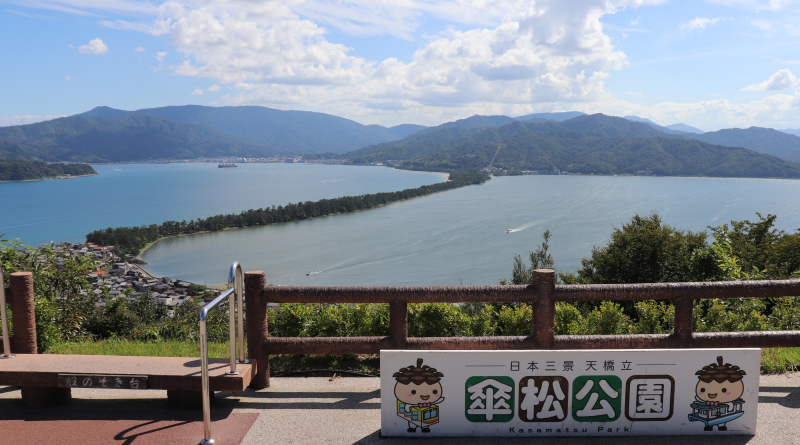
Amanohashidate Sandbar: Ladder of Heaven and Earth
If asked to think of some of Kyoto’s famous destinations, most people will probably mention any number of the famous ancient buildings in Kyoto City center. However, Kyoto Prefecture is in fact quite big and rich in natural beauty. One such example in north Kyoto is the Amanohashidate Sandbar, one of the three most famous scenic areas in Japan.
Amanohashidate Sandbar
Once you exit the Amano Hashidate Station, set out for the Tango-Amanohashidate-Oeyama Quasi-National Park (say that five times fast). The park is roughly five minutes or so from the station. Once you are inside the park, you can set out off the trail of the Amanohashidate Sandbar. It may be a bit hard to find the trailhead, but it is right in front of Chion-ji Temple.
The Amanohashidate Sandbar is 3.6km long. It takes an hour to complete the trail, so many people choose to rent a bike, which is quite affordable. The sea breeze from the ocean is very comfortable, and you can certainly enjoy a bike ride.
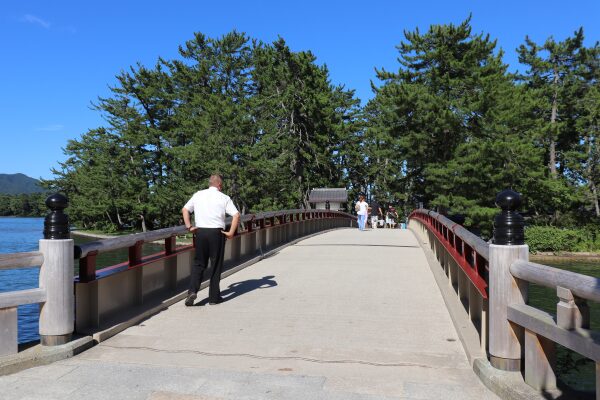
Amanohashidate is a sandbar created 5,000 years ago, separating the bay between Miayazu Bay and the Asokai Inlet. When viewed from the nearby mountain, the sandbar looks like a bridge crossing the bay. The sandbar is lined with many large pine trees and fantastic views of the sparkling pretty ocean.
On either side of the path, there are many pine trees but none of those are perfectly straight, which I think represents Japanese wabi-sabi culture.
It is easy to see why this place is one of the most beautiful scenic spots in Japan.
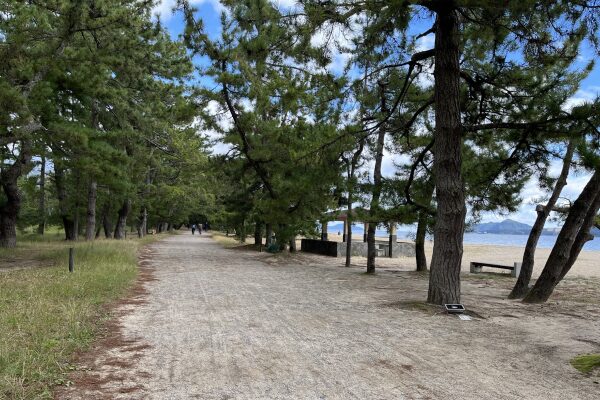
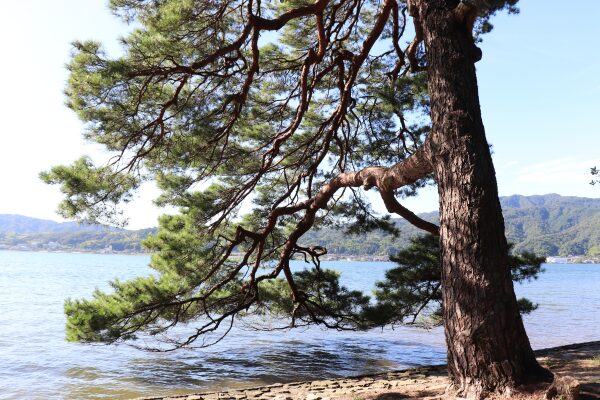
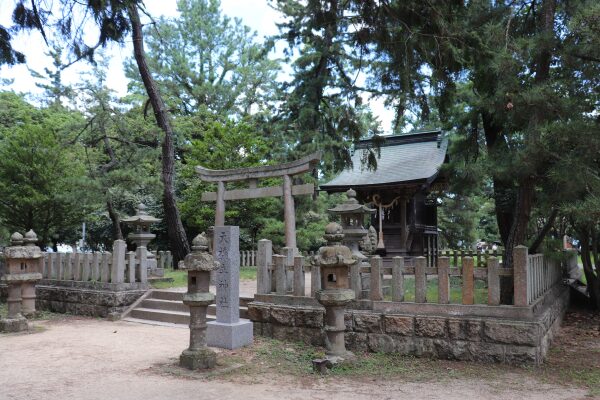
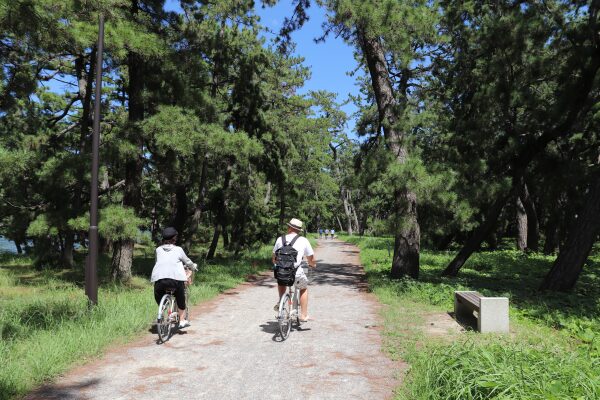
The ocean surrounding the sandbar is so pretty!
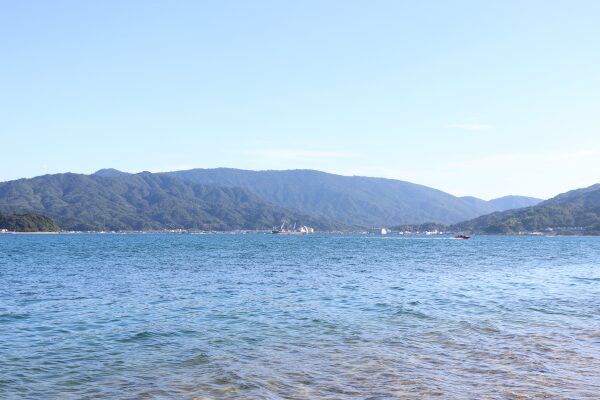
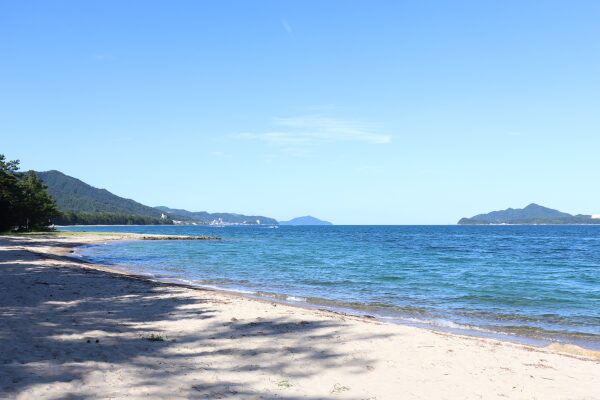
If you neither want to walk nor bike the trail, there is a boat to cross Amanohashidate, and this is what actually we did on the way back.
It takes only 10 minutes to reach the lift station for Kasamatsu Park and you can feed the seagulls during your cruise only for 100 yen.
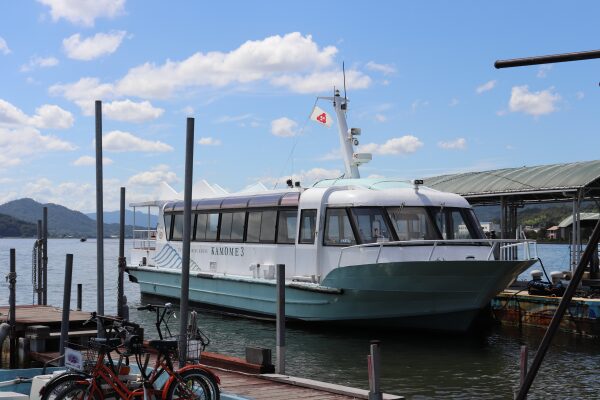
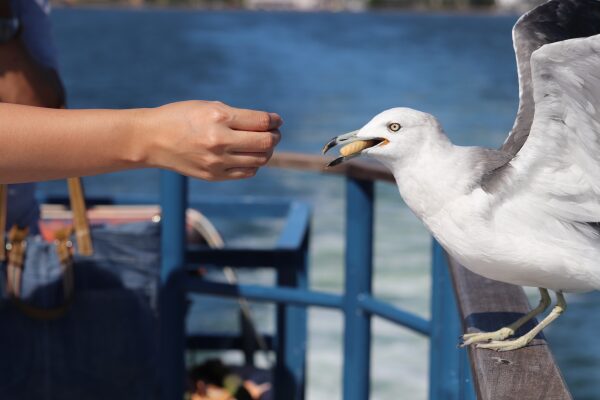
Kasamatsu Park
After you cross the Amanohashidate Sandbar, you will reach Kono Shrine. Many people take the lift or cable car to go up the mountain behind the shrine to see Amanohashidate from there.
There are restaurants and souvenir shops, and also the bus to Nariaiji is available from Kasamatsu Park.
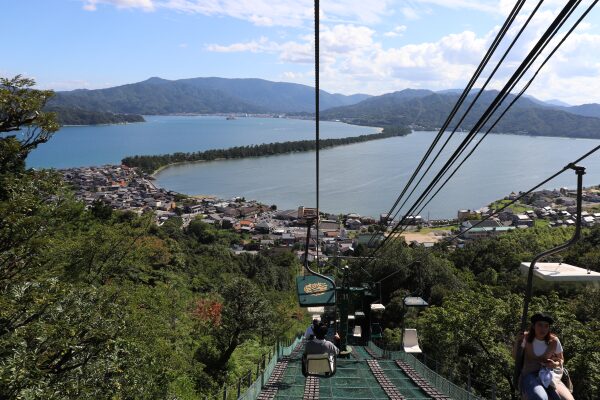
Legend has it said that Izanagi made a ladder from heaven to visit Izami. However, he mistakenly tripped over the ladder, creating Amanohashidate.
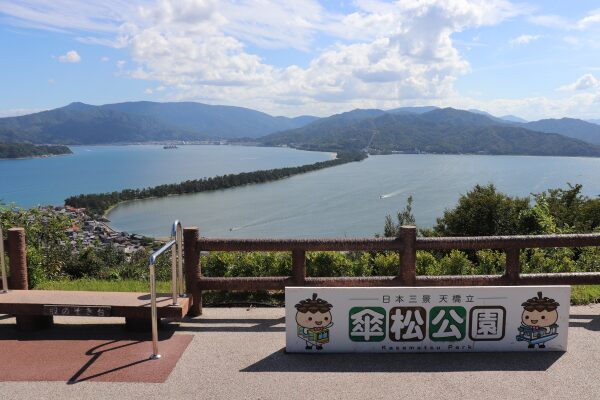
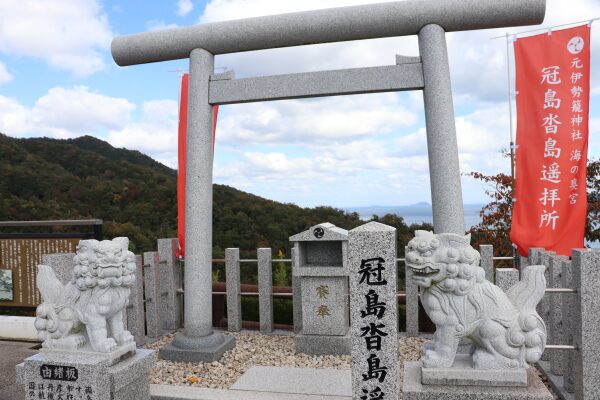
One popular thing people do in Kasamatsu Park is matanozoki, or peeking through your legs. It sounds kinda odd, but this is the best way to see Amanohashidate. By doing so, it feels the ocean and the sky flip-flop, making what appears to be a bridge crossing the sky.
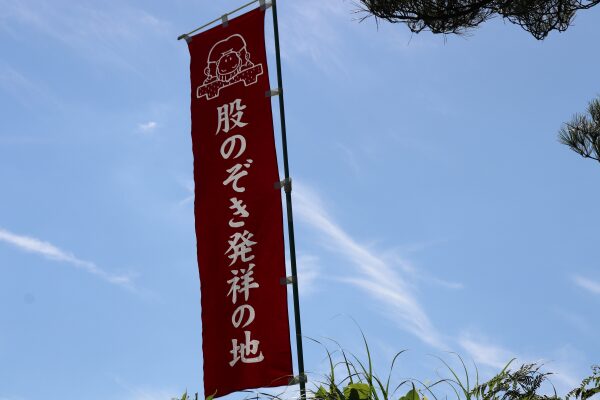
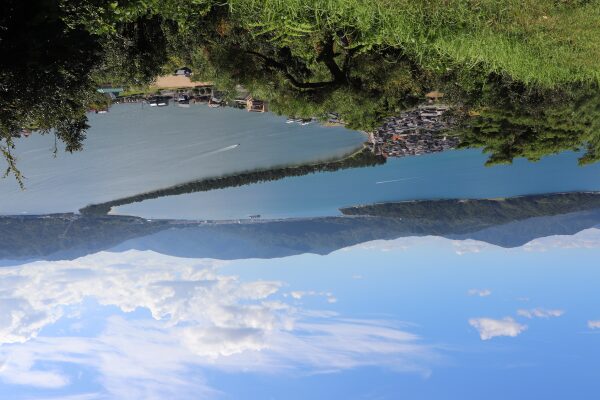
Information: Amanohashidate Sandbar
| Address |
Monju, Miyazu City, Kyoto Prefecture
|
| Website |
|
| Directions |
Kyoto: Take the Limited Express Hashidate from Kyoto Station. It is roughly two hours to Amano Hashidate Station. This train does not stop at Osaka nor Shin-Osaka. Osaka: Take Konotori from Osaka to Fukuchiyama and change to Tango Relay for Amanohashidate. It is roughly three hours to Amano Hashidate Station. Notes: If you use the JR Pass or the 18 Kippu, you have to pay an additional fee, since the Tango Railway is not part of JR. From Fukuchiyama, it would cost 770 yen, and if you take the Limited Express i.e Hashidate, you have to pay the additional 850 yen Limited Express fee.
|
| Hours |
N/A
|
| Admission |
Free
|
| Note |
If you plan to take a ferry or cablecar to go Kasamatsu Park, you should buy the one-day pass. The tickets are sold at the ticket booth near Chion-ji.
|
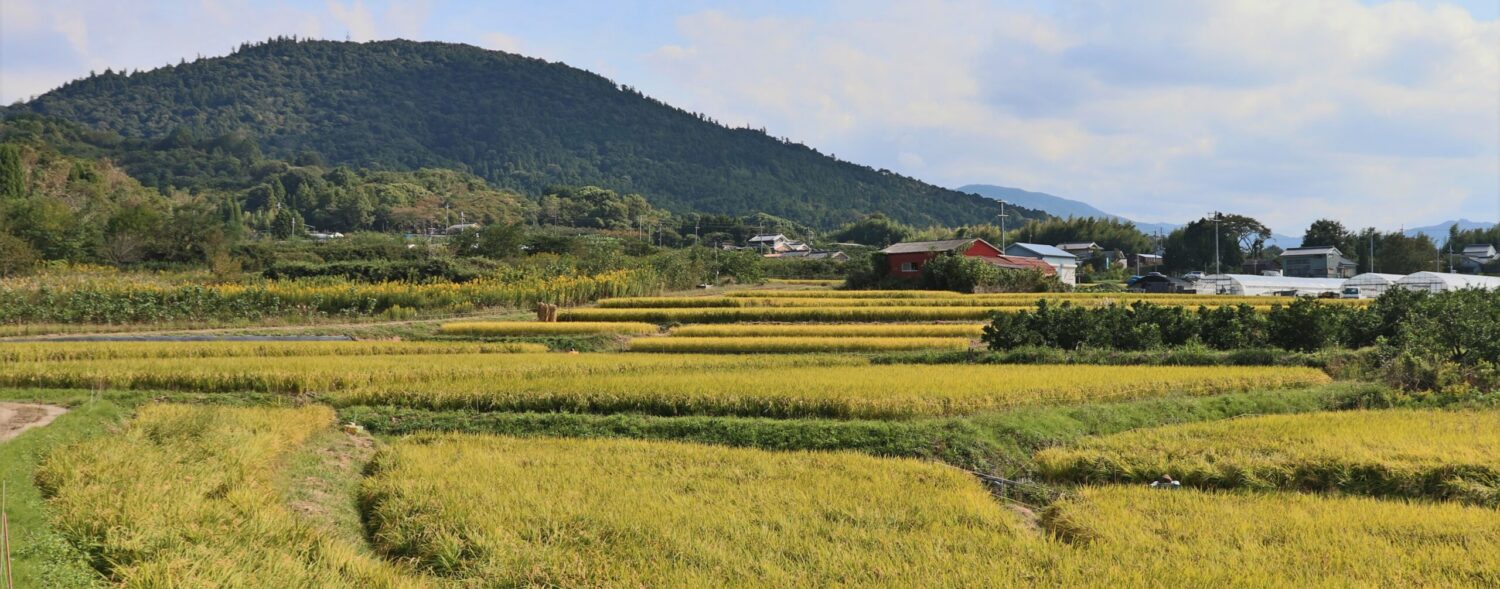
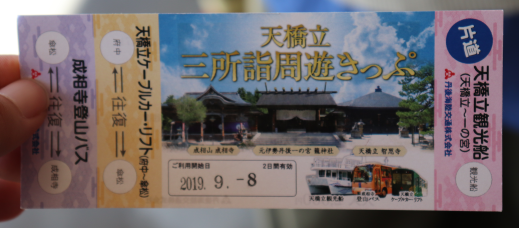
Leave a Reply